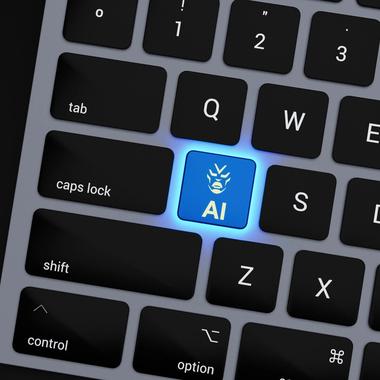The rise of AI-powered apps and automated systems is reshaping the customer service landscape. More and more businesses are investing in technology that can handle a wide range of inquiries, from simple FAQ responses to complex problem-solving. But as digital customer service evolves, the expectations of customers also shift.
Many now expect a blend of human and digital interaction, it’s clear that digital technology can replicate many aspects customers value in face-to-face customer service. In fact, apps regularly provide customers with digital face-to-face solutions.
For instance, companies often utilise video call channels to help customers with complex and nuanced problems. These channels are also becoming increasingly powerful as new features are introduced. Co-browsing capabilities are a good example.
Similarly, one-to-one online chats also humanise brands. The aforementioned video calls enable customers to put a face to the brand. And Chatbot solutions are based on the premise that customers feel they are having a conversation with a real person.
Access issues are complex. Apps achieve little when customers have no access to digital devices. However, if the access issues are of a different nature (for instance, the customer has a visual impairment), apps can actually drastically improve access to customer service options. Here at The Distance, we work hard to ensure all our apps incorporate accessibility best practices and serve as many users as possible.
As digital technology becomes ever-more central to our society, the nature of face-to-face interactions is changing. We speak less in-person and more online. But we still want that face-to-face feel.
Apps can deliver that. They unite a diverse array of customer service channels to create a seamless, omnichannel system that improves the customer experience. They combine the benefits of face-to-face with the advantages of automation and digitisation.





